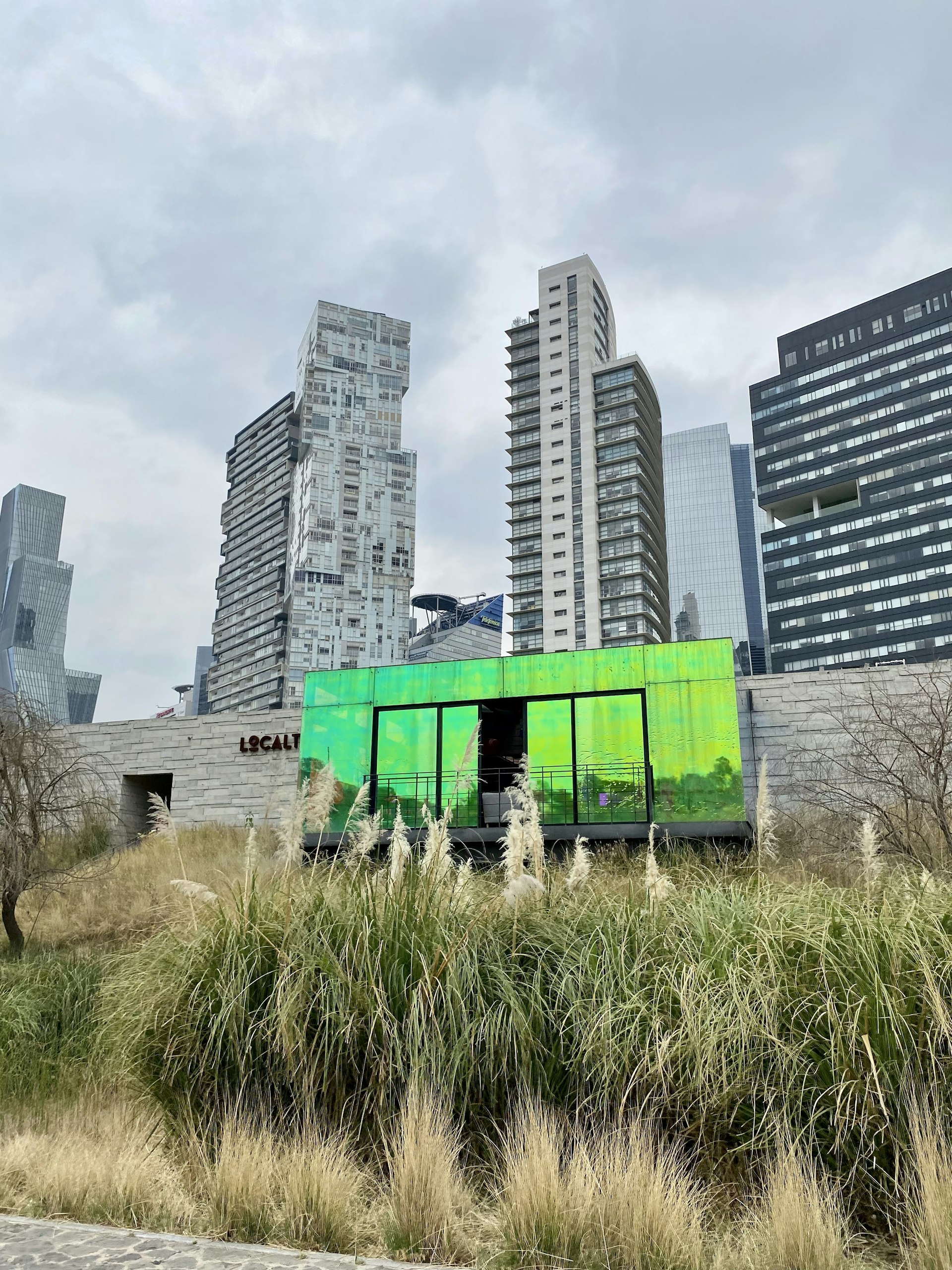Balcony Fruit Tree Care: Expert Strategies for Thriving Potted Harvests

Photo by Maria Gisladottir on Unsplash
Introduction: Why Grow Fruit Trees on Your Balcony?
Urban gardening is surging in popularity, and balcony fruit trees offer a rewarding way to enjoy fresh produce-even in limited spaces. Growing fruit trees in pots combines the benefits of compact gardening with the delight of homegrown harvests. Whether your goal is to cultivate lemons, apples, figs, or cherries, balcony fruit trees can thrive with attentive care and smart planning [1] .
Section 1: Choosing the Right Fruit Tree for Balcony Growing
Successful balcony fruit gardening begins with selecting the right variety. Dwarf or miniature cultivars are specifically bred for container growth and limited spaces. Popular choices include Meyer lemon, dwarf apple, fig, and cherry trees. These varieties remain compact, making them ideal for pots and patios [1] .
When shopping for a tree, look for the following attributes:
- Dwarf rootstock for manageable size
- Self-pollinating types for consistent fruiting
- Climate suitability for your region
Consult with local garden centers for advice on varieties proven to perform well in your area. If unsure, request cultivars labeled for container or patio use.
Section 2: Potting and Planting Techniques
Select a container at least 20 inches in diameter and 24 inches deep to allow for root growth and stability. Use high-quality, well-draining potting mix enriched with compost and pine bark to enhance nutrient retention and drainage. Position the tree in the center of the pot, keeping the root ball at the same level as the rim. Water thoroughly after planting and ensure excess water can drain freely to prevent root rot [3] .
For best results:
- Elevate pots on saucers or stands to promote air pruning of roots and prevent them from growing through drainage holes [4] .
- Repot every 2-3 years, refreshing soil and trimming roots to encourage healthy growth.
Ensure your pot is sturdy enough to support a full-grown, fruit-laden tree.
Section 3: Lighting and Placement
Fruit trees thrive in bright, direct sunlight. Most require a minimum of 4-6 hours of sun per day for vigorous growth and reliable fruiting [2] . Place your potted tree in the sunniest part of your balcony, avoiding shaded corners. If direct sunlight is limited, rotate the pot regularly and prune for improved light penetration.
Consider seasonal sun changes; adjust placement to maximize exposure during shorter winter days, or use reflective surfaces to boost available light.
Section 4: Watering and Moisture Management
Container-grown fruit trees demand a precise watering schedule. Check the soil frequently, watering when the top inch feels dry. Overwatering can lead to root rot, while underwatering causes stress and poor fruiting [3] . During peak summer heat, weekly deep watering may be required; adjust volume based on tree size and pot dimensions [5] .
Best practices include:
- Water until excess runs from the bottom, ensuring full root hydration [5] .
- Reduce frequency during cooler months to prevent soggy roots.
- Monitor drainage and avoid letting pots sit in standing water.
Section 5: Fertilization and Soil Nutrition
Potted fruit trees exhaust nutrients faster than those planted in the ground. Use a balanced, slow-release fertilizer formulated for fruit trees. Apply in early spring and continue every 6-8 weeks during the growing season, tapering off six weeks before anticipated frost [1] . For liquid fertilizers, use at half strength every 2-3 weeks. Incorporate compost into the soil to further enrich nutrient content and support healthy root development [3] .
Always follow product instructions and avoid over-fertilization, which can stress or damage the tree.
Section 6: Pruning, Training, and Support
Regular pruning keeps balcony fruit trees compact, healthy, and productive. Prune annually in late winter or early spring to remove dead, diseased, or crossing branches, and to shape the canopy for improved light access [1] . For vigorous varieties, pinch new growth to encourage bushiness.

Photo by Duy Võ on Unsplash
Support branches with stakes or trellises to manage heavy fruit loads and prevent breakage. Training your tree to grow upright maximizes space and sunlight exposure.
Section 7: Pest and Disease Prevention
Inspect trees regularly for signs of pests-such as aphids, spider mites, or scale-and treat promptly with insecticidal soap or neem oil. These organic treatments are preferred for balcony environments, where chemical runoff can be a concern [1] . Improve airflow by pruning and remove fallen leaves or fruit to reduce disease risk.
Sticky traps can help manage flying pests. For persistent issues, consult local garden centers for recommended organic solutions that are safe for small spaces.
Section 8: Repotting and Long-Term Maintenance
Every few years, repot your tree to refresh soil and trim back roots, preventing the plant from becoming pot-bound [4] . This practice rejuvenates growth and ensures continued productivity. If the tree outgrows its pot, consider transplanting to a larger container or, if possible, into the ground.
Monitor for signs of stress, such as wilting, yellowing leaves, or reduced fruiting. These may indicate root congestion, nutrient depletion, or watering issues.
Section 9: Overcoming Challenges and Alternatives
Growing fruit trees on balconies presents unique challenges, including limited light, fluctuating temperatures, and space constraints. Solutions include:
- Choosing ultra-dwarf varieties for tight spaces
- Using grow lights to supplement natural sunlight in shaded areas
- Employing self-watering pots for consistent moisture management
If fruiting proves difficult, consider ornamental fruit trees or berry bushes, which often adapt better to container life and produce reliably in restricted environments.
Section 10: Accessing Expert Support and Resources
For detailed care instructions, consult your local cooperative extension service or reputable gardening organizations. Many resources are available through official horticultural societies and university extension programs. Search for “fruit tree container care” or “urban orchard programs” in your area for workshops, guides, and expert advice.
Garden centers, nurseries, and online communities can provide personalized recommendations based on your specific conditions. When seeking advice, bring photos of your balcony and tree for tailored solutions.
Section 11: Step-by-Step Summary for Balcony Fruit Tree Success
- Choose a dwarf, self-pollinating fruit tree suited to your climate.
- Select a pot with adequate drainage and volume.
- Plant with enriched, well-draining soil; position centrally.
- Place in maximum sunlight; rotate as needed.
- Water consistently, monitoring soil moisture.
- Fertilize regularly with slow-release or liquid options.
- Prune for shape, health, and light access.
- Inspect for pests and treat organically.
- Repot and refresh soil every few years for ongoing vigor.
- Seek expert guidance for persistent issues or advanced techniques.
References
- [1] Balcony Garden Paradise (2024). Easiest Fruit Trees to Grow on a Balcony: Top 5 Space-Saving Options.
- [2] La Résidence (2021). The 10 Commandments of Potted Fruit Tree Care.
- [3] EcoGardener (2023). Growing Fruit Trees in Containers: Ultimate Guide to Success.
- [4] Melissa K. Norris (2021). Growing Fruit Trees in Pots (Tips For Success).
- [5] YouTube (2020). Growing fruit trees in containers.



